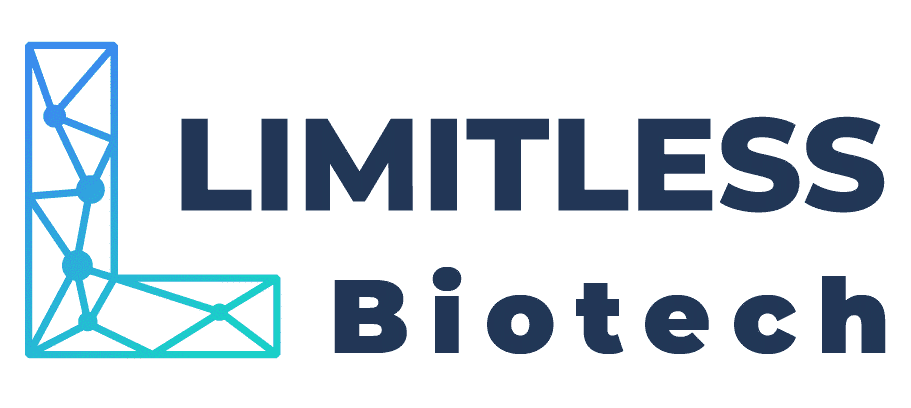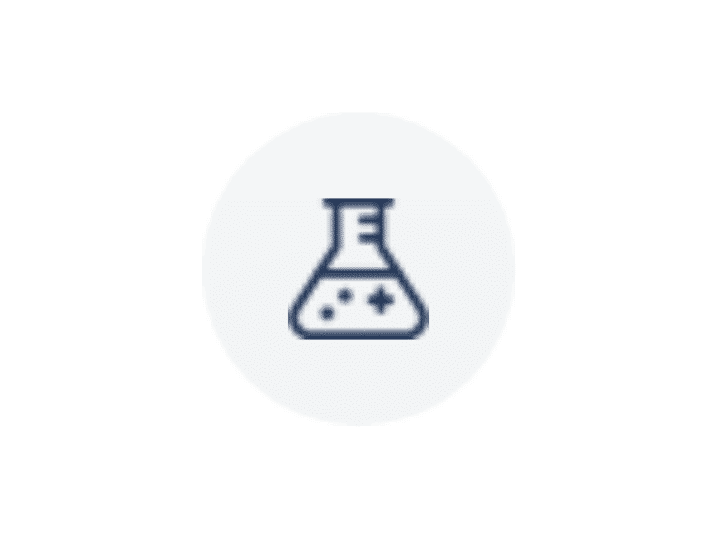Importance and Purification Process
What Is Peptide Purity?
The amount of accurate peptide in relation to all analytes is referred to as peptide purity. High-performance liquid chromatography (HPLC) analysis is used to assess peptide purity, frequently examined at 214 nm. Peptide purity is an important aspect that influences the outcomes of a research study. Chemical synthesis, culturing media, or extraction and purification techniques are common sources of peptide product contamination.

Why Is Peptide Purity Important?
Considerable advances in the scientific discipline of peptide synthesis have led to the mass production of customized peptides. The development of efficient peptide purification technologies has become increasingly important as the manufacturing of synthetic peptides for research purposes has expanded.
Peptides are complicated molecules, and their complexity can render conventional organic chemical purification procedures ineffective. Proper care must be given throughout synthesis to optimize both efficiency and output to supply consumers with the cleanest possible peptide at the most affordable price. While crystallization-based purification procedures are frequently effective with other substances, many peptide purification processes use chromatographic principles, such as reverse phase chromatography.
How Is Peptide Purity Determined?
Peptide purity can be determined through HPLC and Mass Spectrometry (MS). HPLC is a scientific process for separating, identifying, and quantifying each mixture component. It is a better method that enables exact peptide testing. At the same time, mass spectrometry is a method for measuring masses inside a sample by ionizing chemical entities and classifying the ions depending on their mass-to-charge ratio. The findings are represented as a factor of the mass-to-charge ratio using the ion signal. Both procedures are very reliable peptide testing methodologies demonstrating the purity and identification of the peptides in question.
Peptide Purification Process
The purification process should typically be as simple as feasible, obtaining desired purity, and the process should not be lengthy. Two or more purification methods carried out sequentially may produce outstanding results, especially when each step employs different chromatographic principles. For instance, ion exchange chromatography combined with reversed-phase chromatography can yield an extremely pure end product.
The initial step in peptide purification is often a capture phase, which eliminates the bulk of contaminants from the synthesized peptide mixture. Several contaminants eliminated during this phase are created during the final deprotection stage of peptide synthesis and are usually neutral, that is without any charge, and of low molecular weight. Though this initial stage can eliminate a substantial proportion of contaminants, a second purification step can be performed if a greater purity level is desired. This second process, which is polishing, is extremely successful, primarily when used in conjunction with the previously indicated chromatographic approach.
Peptide Purity Levels
The quality of peptide preparations produced for research by several other suppliers can vary greatly. Generally, the greater the peptide purity level, the better the preparation; however, for some purposes (such as in vitro research or clinical trials), only extremely pure peptides will be suitable. On the other hand, for some purposes, a lesser peptide purity may be sufficient. As a result, the minimum peptide purity level for a specific application will vary based on the purpose. The following are some examples of minimum allowable purity levels.
Greater Than 95% Purity (Highly Pure)
- Clinical trials
- In vitro and in vivo research
- Pharmaceutical studies
- Crystallography
- Cosmetic peptides
- Monoclonal antibody synthesis
- Quantitative blocking and competitive inhibition experiments
- Quantitative receptor-ligand interaction research
- Quantitative ELISA and RIA protocol standard
86% to 95% Purity (Middle-Level Pure)
- Peptide blocking studies
- Phosphorylation studies
- Cell attachment research
- NMR research
- Phosphorylation studies
- Epitope mapping experiments
- Semi-quantitative investigations of enzyme-substrate interactions
70% to 85% Purity (Lower Level Purity)
- ELISA standards for assessing antibody titers
- Peptide arrays
- Antigens for polyclonal antibody generation or affinity purification











